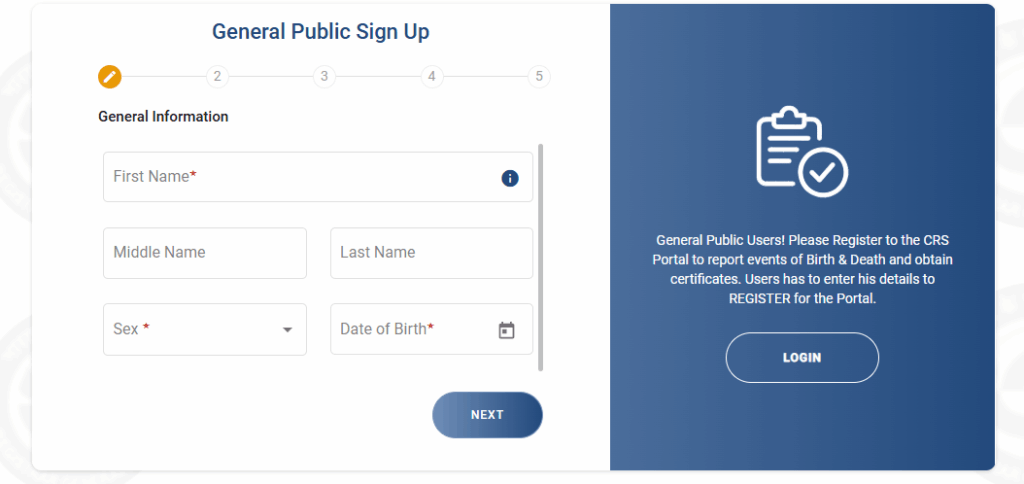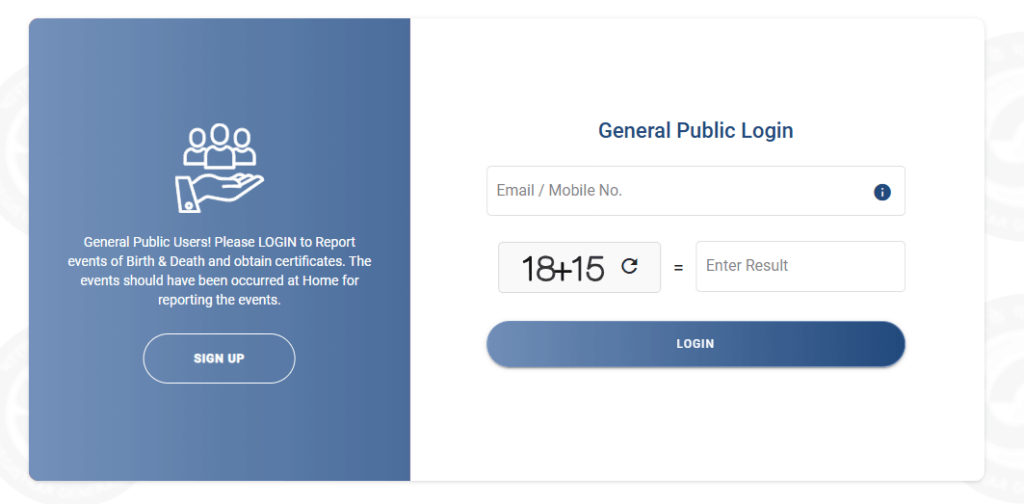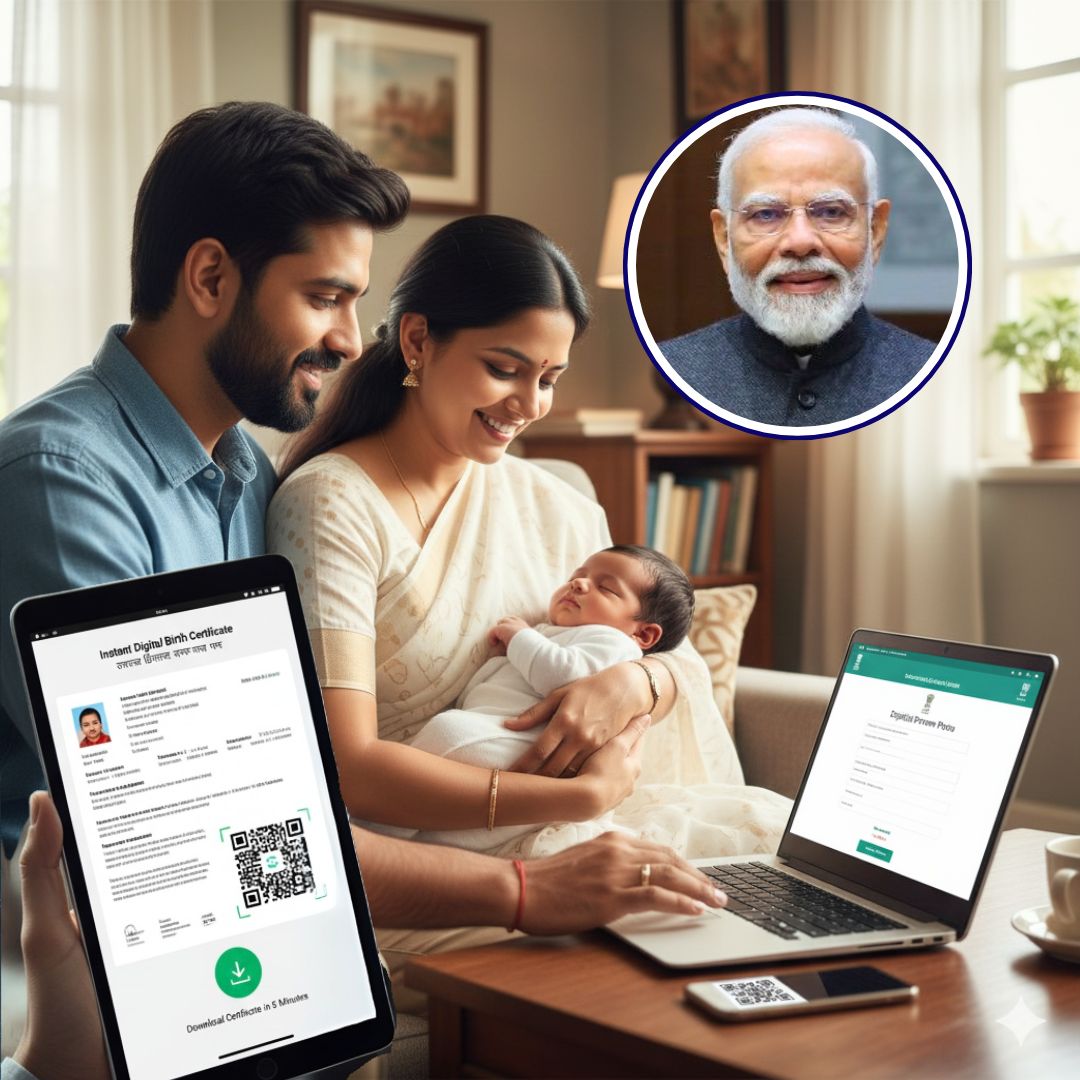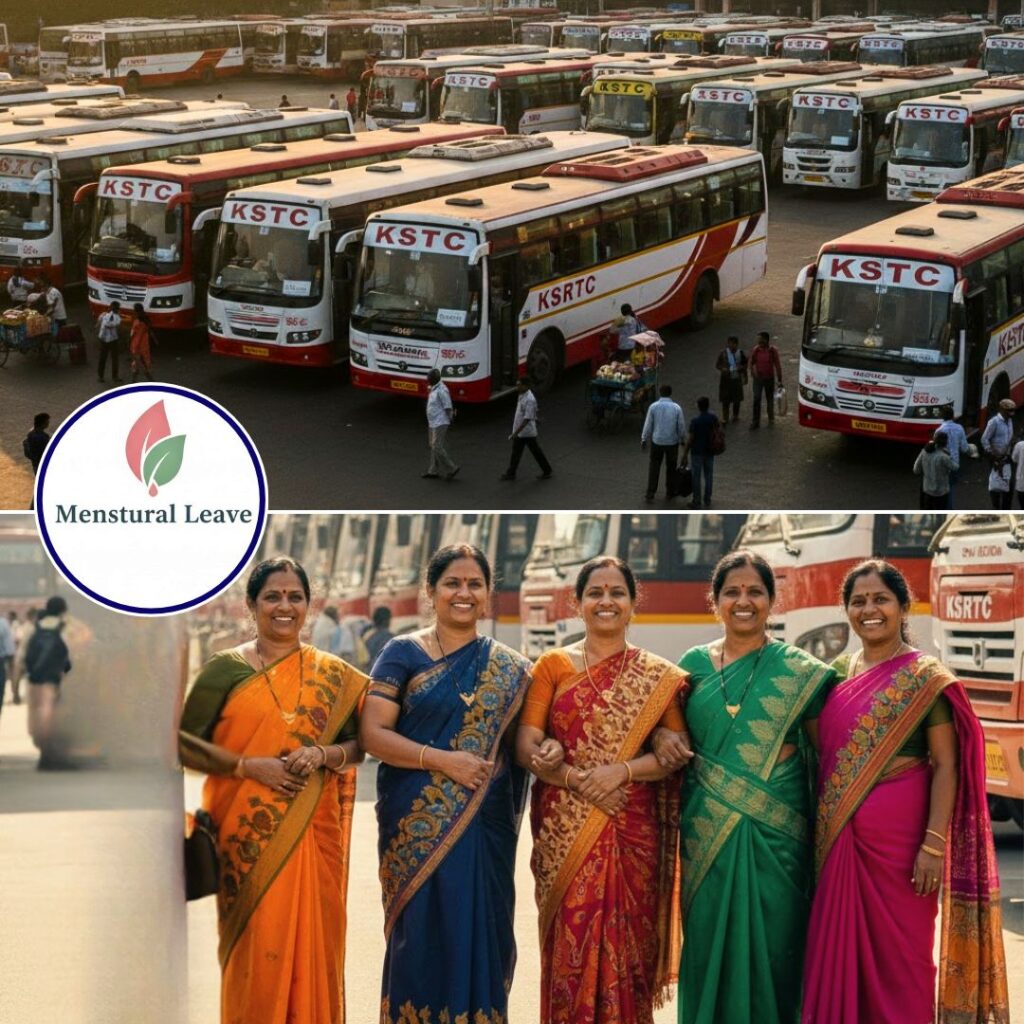Starting September 2025, India has launched a nationwide digital birth certificate system that allows citizens to apply for and receive birth certificates online within minutes, ending the need for physical queues at government offices.
Newborns registered through hospitals and local bodies automatically receive digital certificates, while existing citizens can apply through official portals using Aadhaar-linked credentials. Officials hail the initiative as a landmark step towards streamlined, transparent governance that improves accessibility and security for all. Families, officials, and stakeholders broadly welcome the ease and speed of this reform, though some privacy concerns remain for specific municipal portals.
Seamless Online Access and Fast Delivery
The new digital birth certificate system enables citizens to complete their application from home by filling out an online form, uploading necessary documents such as hospital records or Aadhaar, and submitting payment digitally. Once verified, certificates are digitally signed, tamper-proof, and stored securely in the government’s DigiLocker platform, allowing instant downloads anytime.
An official from the Ministry of Home Affairs described the move as a “major breakthrough” to reduce bureaucratic delays and empower families across both urban and rural areas. Help desks and multilingual helplines have been established to support those with limited digital literacy, ensuring no one is left behind. The certificates are universally valid across India for education, healthcare, government schemes, and official identity verification.
A Long-Needed Modernisation
Before this digital rollout, birth certificate issuance involved lengthy process queues, paperwork confusion, frequent delays, and limited access-especially in remote or underserved areas. The 2023 amendment to the Registration of Births and Deaths Act mandated digital registration and recognized electronic documents as legal proof. This reform unifies all birth records across states into a central database feeding national services like the National Population Register, Aadhaar, and electoral rolls.
Early data from September 2025 shows thousands of successful online registrations within days of launch, highlighting public demand and efficient implementation. However, privacy experts have raised concerns about some municipal portals allowing public access without identity verification, calling for stronger data protection policies.
Steps Involved
- Visit the official government portal for birth certificates or download the mobile app (national or state-specific site like crsorgi.gov.in).

- Register on the portal using an Aadhaar-linked mobile number for verification (Aadhaar is recommended but not mandatory).


- Fill in the online application form with accurate details of the child, such as name, date and time of birth, place of birth, and parents’ details.

- Upload supporting documents like hospital birth proof, old birth certificates (for reissue), or a signed affidavit declaring the birth if no hospital proof is available.
- Submit the application and receive an acknowledgment or application number for tracking.
- The application goes through official verification, often linking with Aadhaar and hospital records.
- Once verified, the digital birth certificate is generated, digitally signed, and stored securely.
- The certificate is delivered directly to your DigiLocker account and can be downloaded anytime; some portals also offer SMS or email alerts during processing.
- In case of older births or missing documents, additional affidavits or declarations may be required, and timelines may vary.
The Logical Indian’s Perspective
The digital birth certificate initiative exemplifies a significant step towards inclusive and transparent governance that simplifies India’s identity infrastructure while widening access for all citizens. The Logical Indian applauds the government’s efforts to listen to citizen needs, dismantle bureaucratic barriers, and deploy secure, efficient digital services.
However, safeguarding personal data privacy and strengthening outreach to digitally marginalised groups must remain priorities to truly make this initiative transformational.











